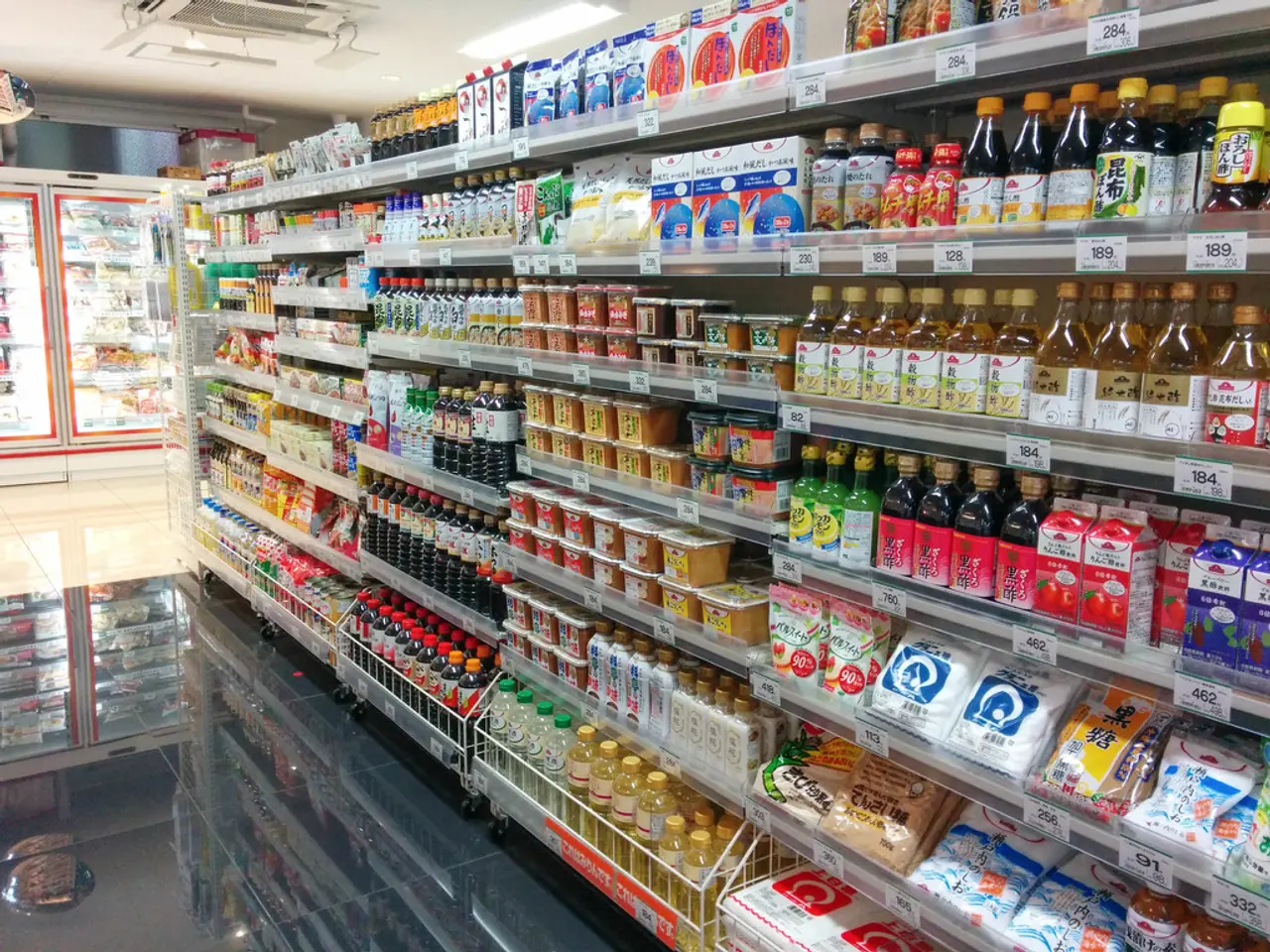Retailers reduce imports due to oversupply of merchandise
In the lead-up to the holiday season, retailers are grappling with a complex web of inventory management issues, as they strive to balance optimal stock levels, provide an appealing product assortment, and cut costs.
The slowdown in consumer spending has cast a shadow over retailers' sales predictions for the festive period. To counteract this, many retailers brought in merchandise early this year, aiming to beat rising inflation and supply chain disruption issues. However, this strategy has led to an overflow of inventory for some companies.
One such retailer is Nordstrom, which is discounting its products and clearing out inventory to make way for new items. The holiday season has already started for some shoppers, and retailers have plenty of merchandise on hand to meet demand. Yet, the excess inventory is proving to be a challenge, particularly for off-price retailers, who had initially hoped to profit from the influx of stock and subsequent price increases.
However, the story is not entirely bleak. Companies like Apple, Samsung, and Sony have managed to navigate these challenges by reducing their inventories through discount sales, making room for new product launches in the third quarter of 2022.
The situation at U.S. ports also remains challenging for retailers. Imports across major U.S. container ports are projected to fall to their lowest point in almost two years by the end of 2022. In August 2022, U.S. ports handled 2.26 million twenty-foot containers, a 3.5% increase from July but a 0.4% dip from the same month last year. The report projects that U.S. ports will handle 2.01 million units in November and 1.96 million units in December, representing 4.9% and 6.1% declines, respectively.
Analysts are closely monitoring the impacts of inventory on retailers during the holiday season. As retailers hold onto their inventory and mark it down themselves, the question remains: will this strategy be enough to counteract the slowdown in consumer spending and ensure a successful holiday season for retailers?
Meanwhile, Nike's North American inventory spiked by 65% in Q1, highlighting the challenges faced by retailers in managing their stock levels. Lower volumes are still being experienced, with year-over-year declines in imports expected to increase for the next few months, with September down 3% and October down 9.4%.
In conclusion, the holiday season presents a unique set of challenges for retailers, who must navigate an overflow of inventory, a slowdown in consumer spending, and ongoing issues at U.S. ports and intermodal rail yards. The strategies being employed, such as discounting and clearance sales, will be crucial in determining the success of the holiday shopping season for retailers.
Read also:
- Upcoming iPhone Model: What We Understand Thus Far
- Struggling with water expenses poses challenges for socio-economically disadvantaged households
- Advantages of Using the Amex Delta Platinum Card: 26 Key Perks
- Supermarket Chain Lidl Collaborates with WWF to Encourage Eco-Friendly Food Consumption, Minimize Food Waste, and Guide People Towards Sustainable Decisions








